Earlier this year, the Centers for Disease Control and Prevention (CDC) announced that bird flu was circulating in the United States. Waste water tests showed that five states tested positive for high levels of the virus.
Months later, cases of the high pathogenic avian influenza have been spreading rapidly throughout farms. Multiple dairy farms in Texas were first affected in April. Unfortunately, the illness has spread to a chicken farm in Iowa, where millions of birds are set to be killed.
Massive Flock in Sioux County Affected
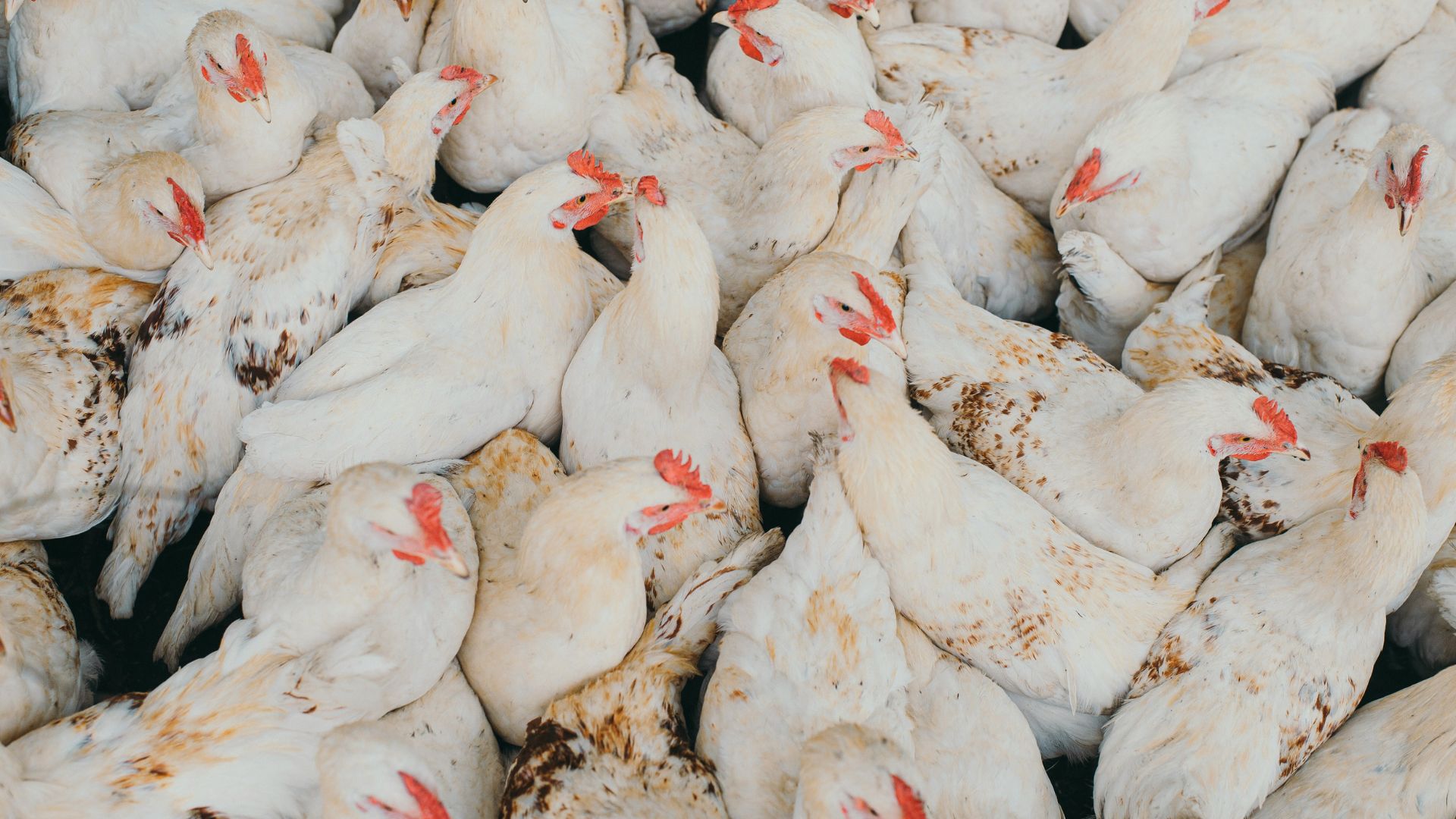
A large flock of egg-laying hens has been identified in Sioux County, Iowa. Officials have confirmed that the majority of the flock has been infected with the illness.
In an effort to control the spread, farmers will be forced to kill 4.2 million chickens in their care, resulting in a devastating financial loss as well as a tragic end to the lives of many farm animals.
First Case Identified in the State
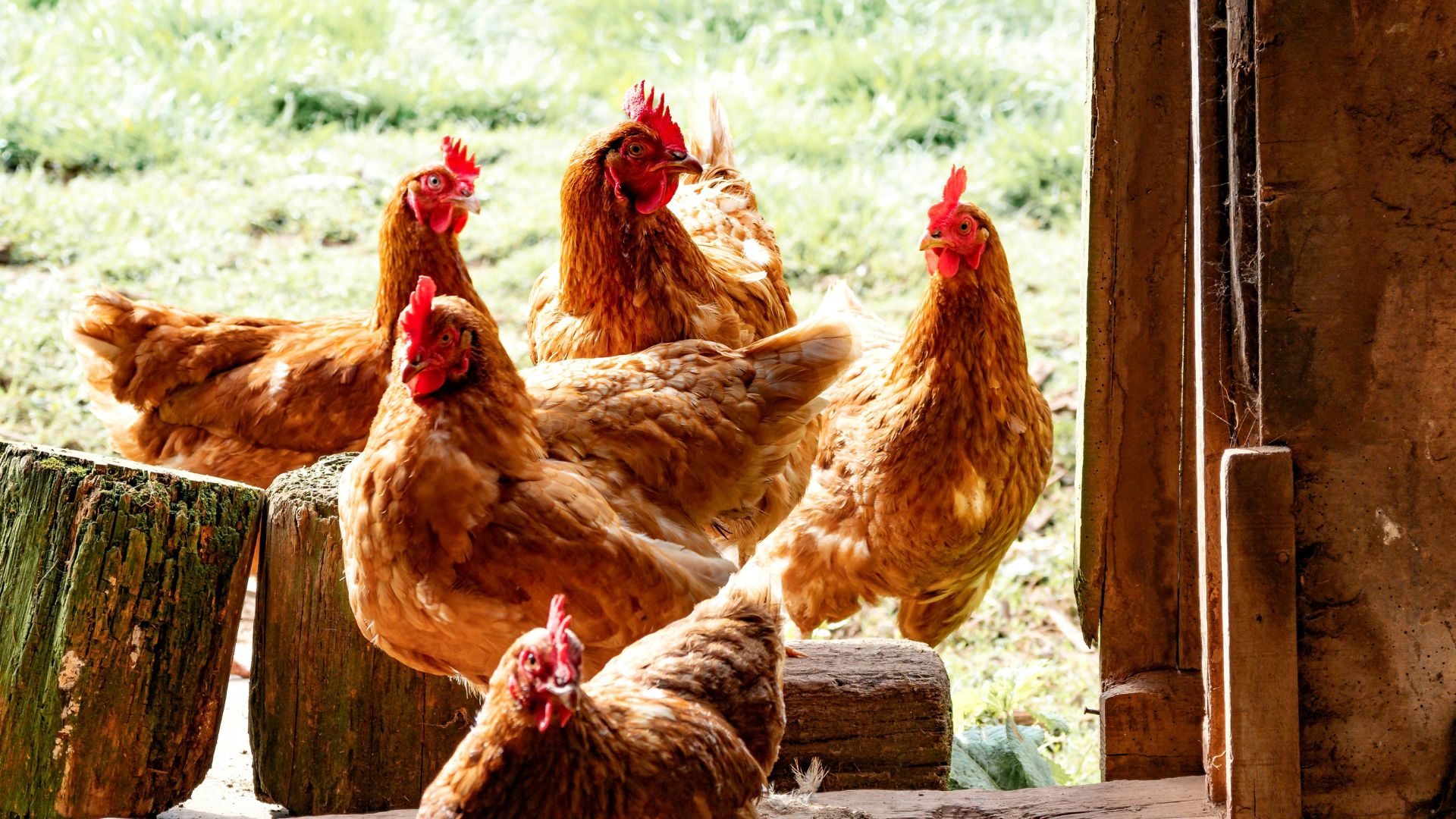
The Iowa Department of Agriculture and Land Stewardship and the USDA have noted that this event marks the first confirmed cases of bird flu in the state this year.
The last time that the bird flu was recorded in Iowa was in December of 2023. In the past, when cases have been identified on commercial farms, such as a case confirmed last November, farmers are required to destroy their entire flock to control the spread of the virus.
Iowa’s Egg Production Will Be Affected by the Loss

This case marks the largest flock impacted in the state since the flu hit a large farm in Osceola County in 2022. It also marks the largest flock affected this year in the entire country.
As Iowa is the country’s top egg producer, this loss will likely have a ripple effect on egg production and grocery sales.
Mass Culling Is Underway
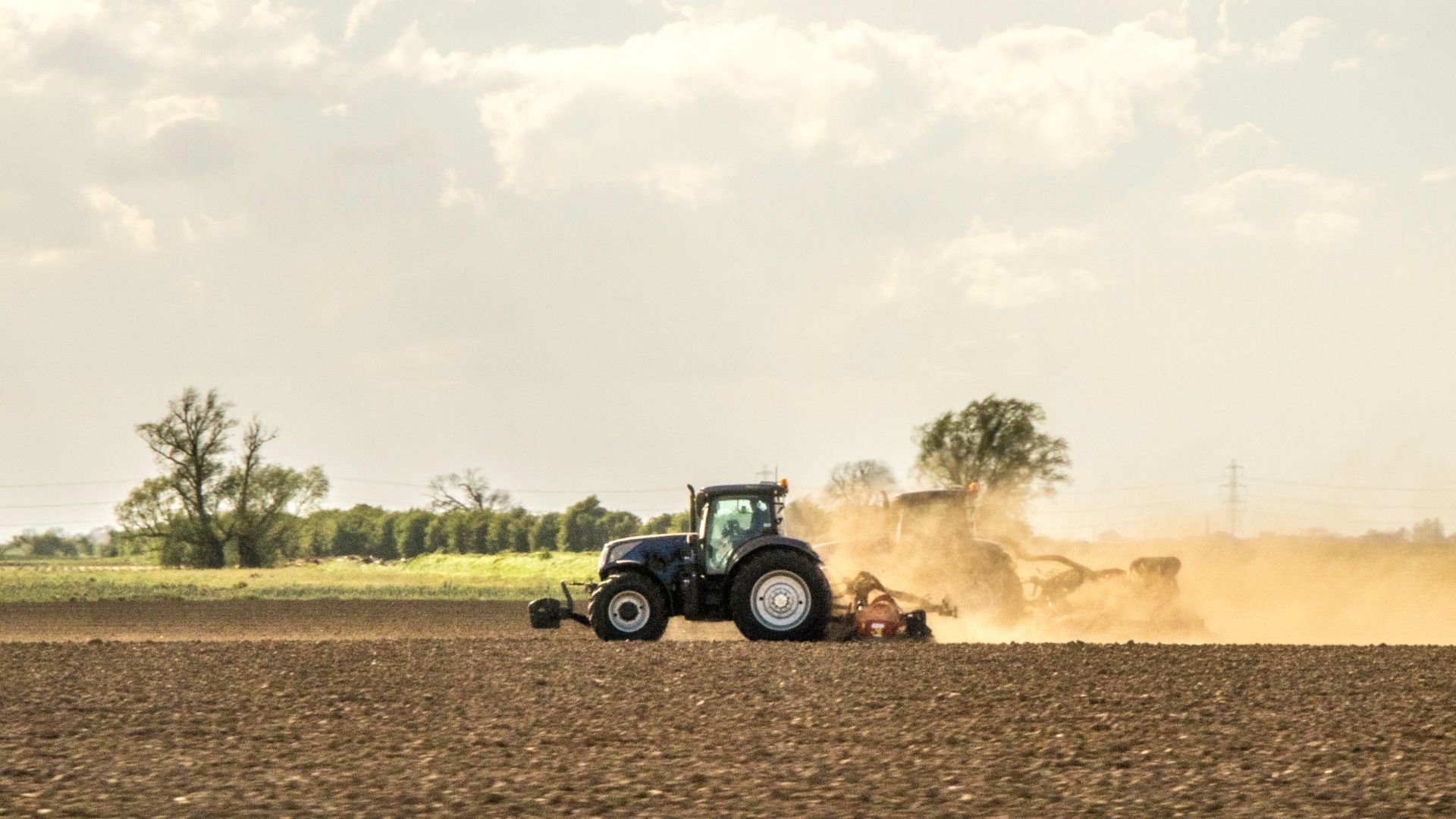
In addition to the millions of chickens lost on this individual farm, millions more will be culled in the coming months. The only way to eliminate the disease when it hits a flock is to destroy every animal on a farm.
The virus spreads rapidly through waste and water. On a farm, these animals cannot avoid either of theses things. Once the animals are culled, the entire farm needs to be sprayed down, sanitized, and tested for levels of the virus before a new flock can be brought in.
Virus Found on Cow Farm Earlier This Year
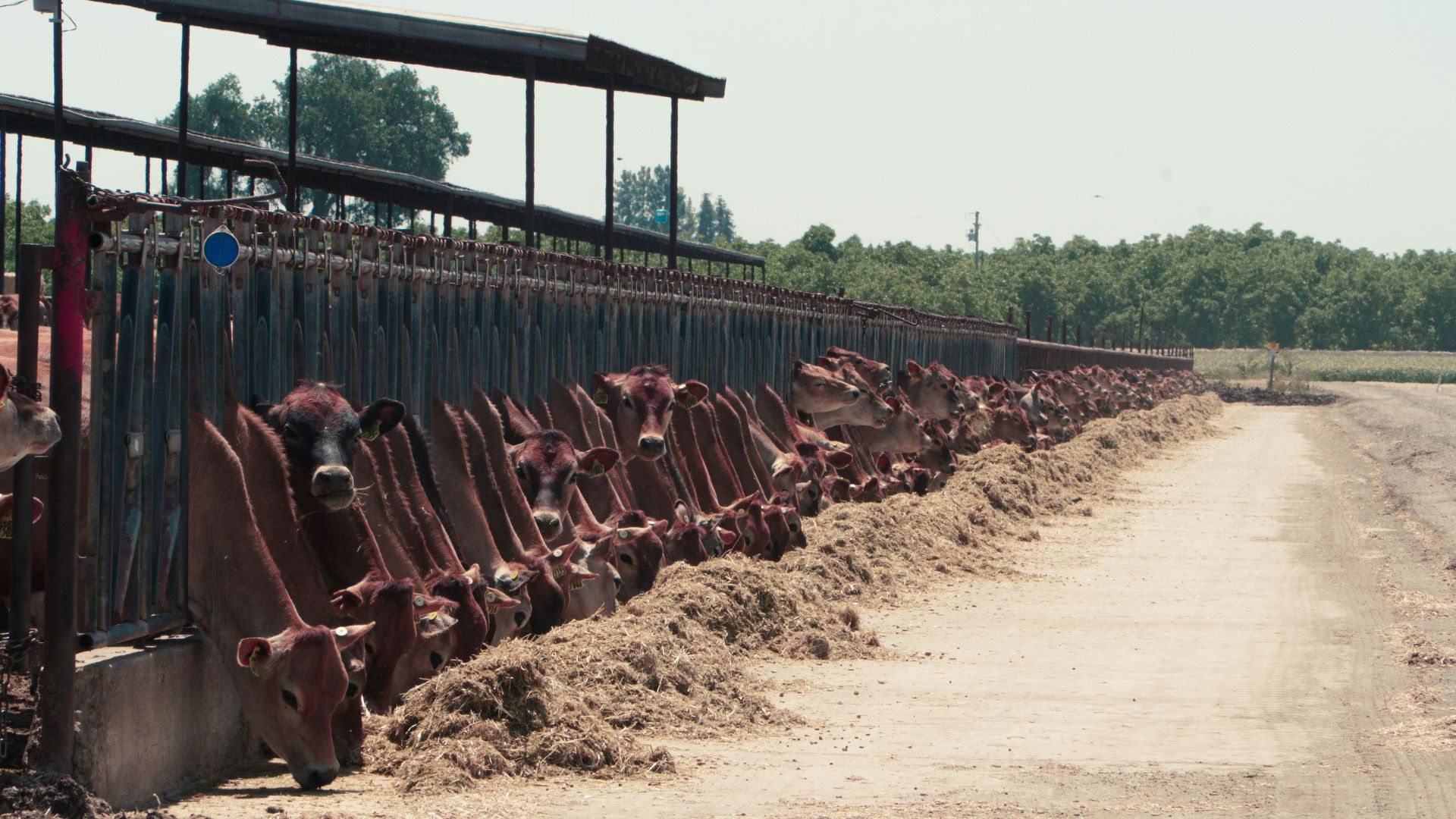
An outbreak of the virus was discovered earlier this year on cattle farms in Texas. After millions of birds worldwide had been spreading the illness, it made a surprising jump from bird to bovine.
Although the illness can be spread to humans in rare cases, it’s not the most pressing concern. Instead, the affected cows must be removed from the milk pumping lines as their supply becomes thick, syrupy, and unusable. Cows can recover from the virus but can still easily spread it to other animals. The confinement on cattle and dairy farms is much more complicated than on bird farms.
A Spike in Bird Flu Likely Means Egg Prices Will Rise

During the most recent outbreak of the avian flu in 2022, millions of egg-laying hens were destroyed. Due to the loss of life, eggs became more scarce, and prices jumped drastically.
Although prices have recently returned to normal, customers will likely be hit again with a massive price increase. A single hen can produce up to 30 eggs in a month; multiplying that by millions of hens shows that the supply chain will be massively affected.
Disaster Proclamation Announced by Iowa Governor

Officials from the CDC note that a massive “depopulation” will be underway in the state. Due to the extreme loss felt by the farm owners, the Governor of Iowa, Kim Reynolds, announced a disaster proclamation, which will be in effect through June 27.
The disaster proclamation for Sioux County will allow Iowa Homeland Security, the Iowa Department of Agriculture and Land Stewardship, and other agencies to assist with tracking, containing, and eliminating the virus. The added funds will help farmers who need to cull entire flocks and assist in turning around farms to begin raising healthy chickens once more.
Minnesota Has Also Been Hit Hard by the Flu
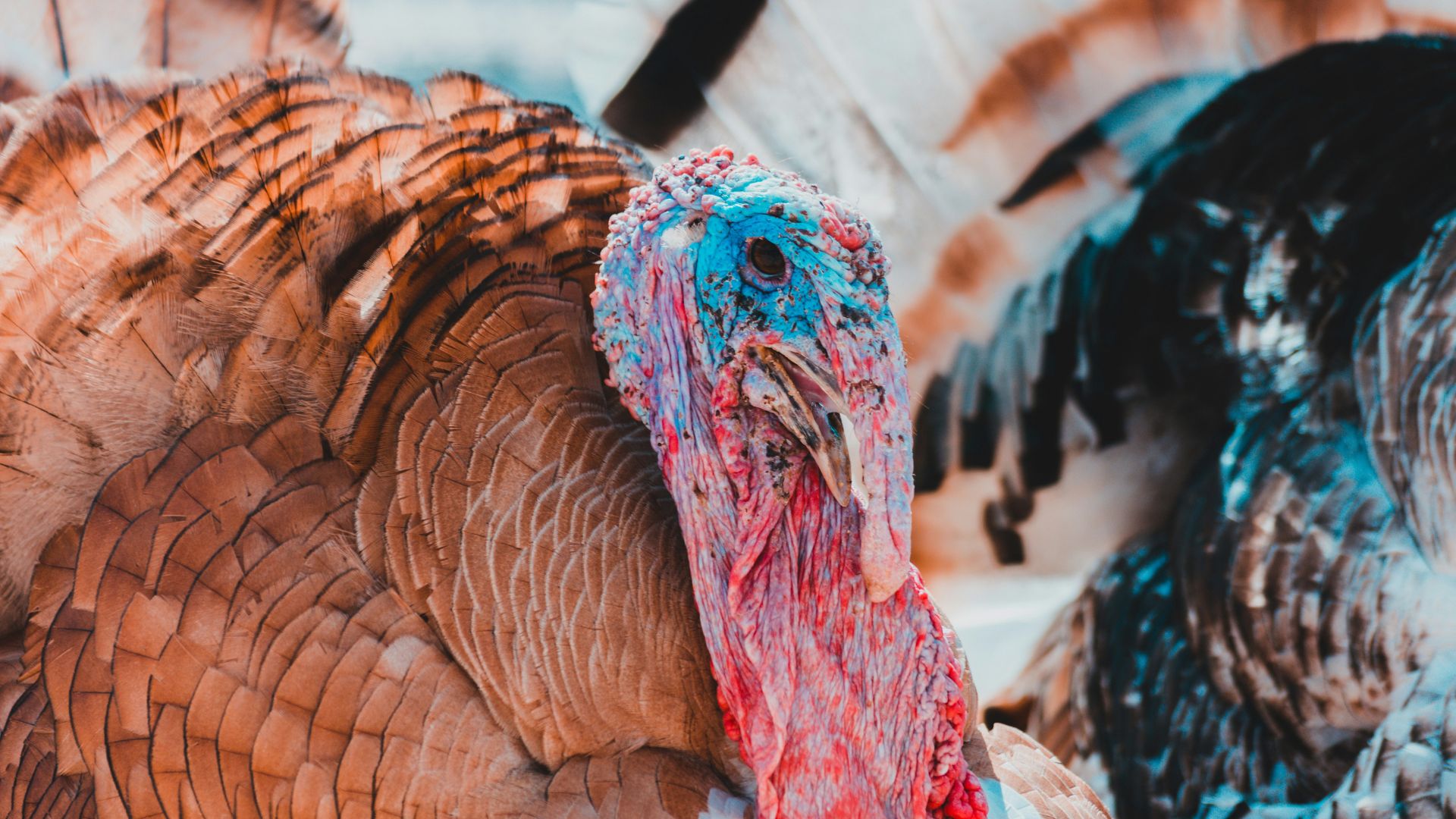
Last week, Iowa’s neighbour to the north was also hit hard by the avian flu. More than 1.4 million poultry animals were affected by the illness and killed as a result.
Minnesota also announced that 81,000 commercial turkey meat birds and breeder hens were infected and lost by the illness. The strain of flu is particularly deadly for poultry animals as opposed to wild birds. Entire flocks can be hit quickly with symptoms like shortness of breath or dying suddenly.
Wild Birds Are Being Wiped Out

In addition to the virus hitting poultry farms, the flu has killed a large number of wild birds. So far this year, hundreds of thousands of wild birds have died as a result of the virus.
The virus has even more implications for endangered species. Flocks of protected birds like the California condor have shown up dead all over the country, sparking a wildlife group to call for a national emergency. Andrew Ramey, a wildlife geneticist at the US Geological Survey, said, “What we’re seeing right now is uncharted territory” and called on the government for more assistance.
More Than Half a Billion Poultry Lost Worldwide

The nature of the illness means that it will continue to strengthen and multiply as time goes on. Similar to the COVID-19 virus, the flu has been around for decades but only recently made the change from being mildly dangerous to a death sentence.
Since the outbreak of the current strain in 2021, more than half a billion poultry animals worldwide have been lost to the flu with many more expected to die or be culled this year.
Two Humans Infected So Far

Although the illness has mostly been contained to birds and cattle, two humans have come down with the virus.
One of which was a cattle farm worker in Texas who was in close proximity to cows infected with the illness. The likelihood of the transfer to humans is currently low, but ongoing efforts to eliminate the illness will help keep that transmission down.








































